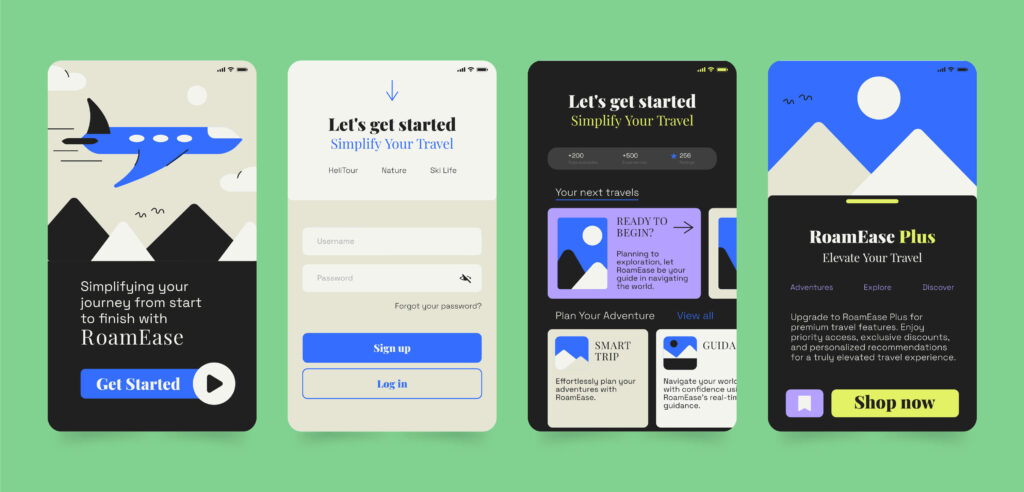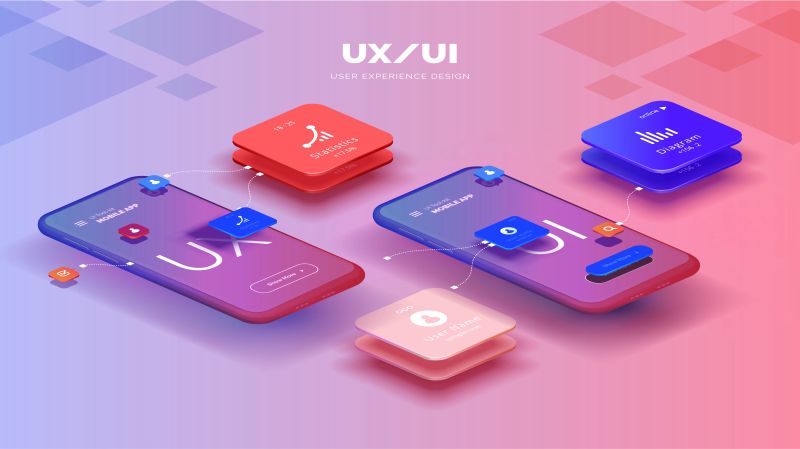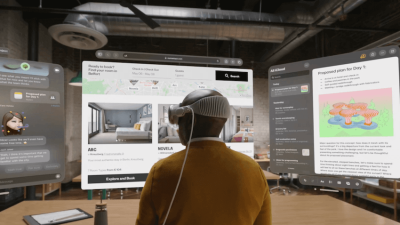Introduction
In 2025, digital accessibility is no longer a niche concern—it’s a fundamental requirement. As technology becomes more embedded in everyday life, ensuring that websites and apps are usable by everyone, regardless of ability, is both a moral imperative and a business advantage. Inclusive UX design goes beyond compliance; it’s about creating experiences that empower all users. Let’s see Designing for Accessibility: Inclusive UX in 2025.
This blog explores the evolving landscape of accessibility in UX design, key principles, emerging technologies, best practices, and how businesses can build inclusive digital products in 2025.
What Is Accessibility in UX Design?
Accessibility in UX refers to designing digital interfaces that are usable by people with a wide range of abilities and disabilities. This includes users with:
- Visual impairments
- Hearing loss
- Motor disabilities
- Cognitive challenges
- Temporary limitations (e.g., injury, environment)
Inclusive UX ensures that everyone can perceive, understand, navigate, and interact with digital content.
Why Accessibility Matters More Than Ever
1. Global Demographics
Over 1 billion people worldwide live with some form of disability. As populations age, accessibility needs grow.
2. Legal Requirements
Laws like the ADA, WCAG 2.2, and EN 301 549 mandate digital accessibility. Non-compliance can lead to lawsuits and reputational damage.
3. Business Benefits
Accessible design improves usability for all users, boosts SEO, and expands market reach.
4. Ethical Responsibility
Inclusive design reflects a commitment to equity, diversity, and social responsibility.

Core Principles of Inclusive UX Design
1. Perceivable
Content must be presented in ways users can perceive:
- Text alternatives for images
- Captions for videos
- High contrast and readable fonts
2. Operable
Users must be able to interact with the interface:
- Keyboard navigation
- Accessible buttons and controls
- Avoiding time-based interactions
3. Understandable
Content and navigation must be clear:
- Simple language
- Consistent layout
- Error suggestions and help
4. Robust
Content must be compatible with assistive technologies:
- Screen readers
- Voice control
- Braille displays
Emerging Trends in Accessibility (2025)
🔍 AI-Powered Accessibility
AI tools now auto-generate alt text, detect accessibility issues, and personalize interfaces based on user needs.
🧠 Cognitive UX Design
Designers are focusing on neurodiversity, creating interfaces that reduce cognitive load and support users with ADHD, dyslexia, and autism.
🗣️ Voice and Gesture Interfaces
Voice commands and gesture-based navigation offer alternatives to traditional input methods.
🌐 Multilingual Accessibility
Real-time translation and localization tools make content accessible across languages and cultures.
📱 Mobile-First Accessibility
With mobile usage dominating, accessibility for small screens and touch interfaces is critical.

Best Practices for Designing Accessible Websites and Apps
✅ Use Semantic HTML
Proper tags (e.g., <header>, <nav>, <button>) help screen readers interpret content.
✅ Provide Text Alternatives
Include alt text for images, transcripts for audio, and captions for video.
✅ Ensure Keyboard Accessibility
All functionality should be usable without a mouse.
✅ Design with Color Contrast
Use tools like WCAG contrast checkers to ensure readability.
✅ Test with Assistive Technologies
Use screen readers (NVDA, JAWS, VoiceOver) and keyboard-only navigation during testing.
✅ Responsive and Flexible Layouts
Ensure content adapts to different screen sizes and orientations.
✅ Avoid Auto-Playing Media
Give users control over audio and video playback.
✅ Use ARIA Landmarks
ARIA roles help assistive tech understand page structure.
Tools for Accessibility Testing
- WAVE – Web accessibility evaluation tool
- axe DevTools – Browser extension for accessibility audits
- Lighthouse – Google’s performance and accessibility analyzer
- NVDA / JAWS / VoiceOver – Screen reader testing
- Color Oracle – Simulates color blindness
Inclusive UX for Specific Disabilities
👁️ Visual Impairments
- Screen reader compatibility
- High contrast themes
- Scalable text
👂 Hearing Impairments
- Captions and transcripts
- Visual alerts
- Sign language support
🧠 Cognitive Disabilities
- Simple language
- Clear instructions
- Minimal distractions
🖐️ Motor Disabilities
- Large clickable areas
- Voice control
- Keyboard shortcuts

Case Studies
🏥 Mayo Clinic
Their website uses clear navigation, readable fonts, and alt text for all visuals, making health information accessible to all.
🛒 Target
Target’s app includes voice navigation, screen reader support, and high-contrast modes, earning praise for inclusive design.
📚 BBC
BBC’s digital platforms offer captions, transcripts, and keyboard navigation, setting a standard for media accessibility.
Challenges in Accessibility Design
⚠️ Lack of Awareness
Many teams still overlook accessibility in early design stages.
⚠️ Budget Constraints
Accessibility is often deprioritized due to perceived costs.
⚠️ Complexity of Standards
WCAG guidelines can be difficult to interpret and implement.
⚠️ Rapid Tech Changes
New devices and interfaces require constant adaptation.
Future of Inclusive UX
1. Accessibility-First Design
Accessibility will be a default, not an afterthought.
2. Personalized Interfaces
AI will tailor UX based on individual needs and preferences.
3. Universal Design Systems
Design systems will include accessibility components by default.
4. Inclusive Innovation
Emerging tech like AR/VR will be built with accessibility in mind.
Conclusion
Designing for accessibility is about creating digital experiences that are inclusive, respectful, and empowering. In 2025, it’s not just a legal requirement—it’s a competitive advantage and a reflection of your brand’s values. By embracing inclusive UX, businesses can reach wider audiences, improve user satisfaction, and contribute to a more equitable digital world.





